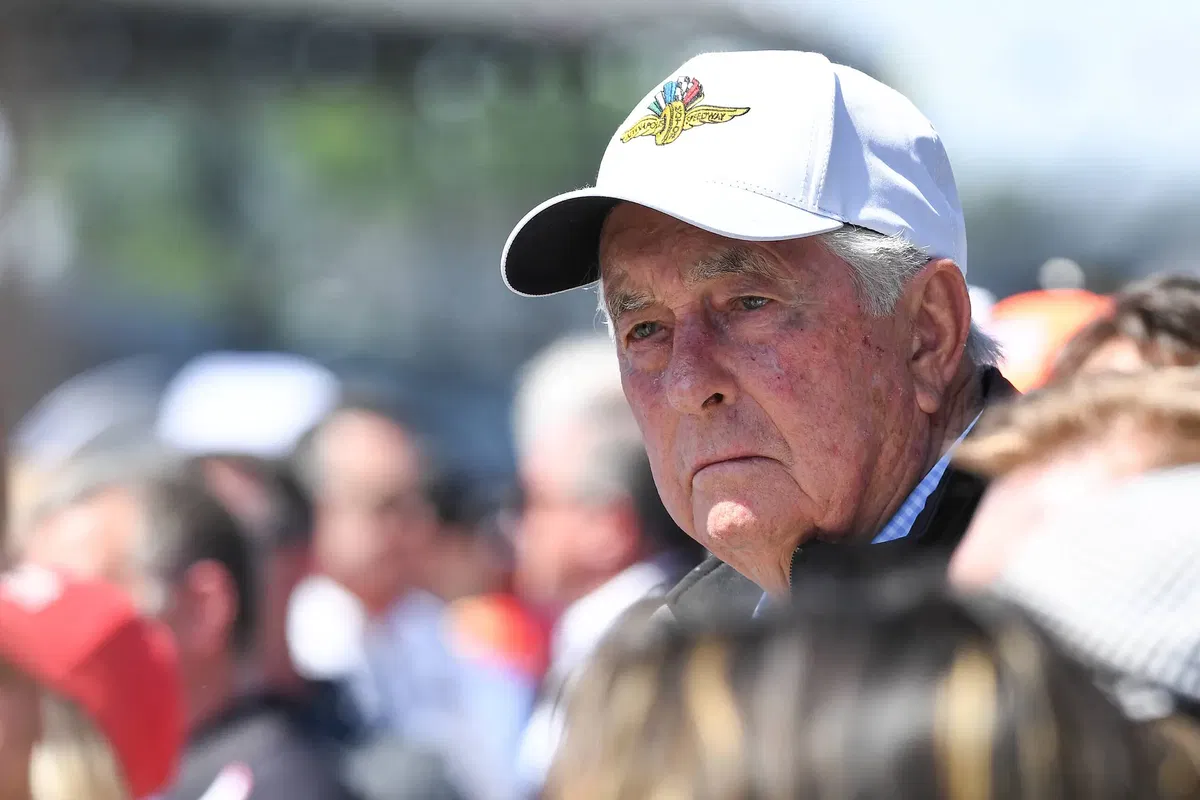

Indianapolis Motor Speedway is an iconic racetrack renowned all across the globe. The third oldest permanent automobile racetrack in the world hosts historic events such as the Indy 500 and Brickyard for the NASCAR Cup Series. There was a time when the IMS hosted the Formula 1 races and was the home of the United States Grand Prix from 2000 to 2007.
Watch What’s Trending Now!
The F1 fans in the US still fondly remember legendary driver Michael Schumacher winning the first-ever race in 2000. This win was indeed special for Schumacher as it marked his first championship win with Ferrari. He went on to rake up a total of five wins at the hallowed ground of Indianapolis Motor Speedway. But this dream run with F1 came to an end in the year 2007, and since then COTA has replaced the iconic track as the new home of the US Grand Prix.
F1 has now expanded to multiple events in the US, hosting races in cities like Miami and Las Vegas. But despite this surge in popularity for F1 races, Indianapolis Motor Speedway has its reservations about reforging this partnership. IMS track president Doug Boles explained the reason behind snubbing F1 races and catering to iconic events like the Indy 500 and the Brickyard 400.
ADVERTISEMENT
Roger Penske isn’t willing to risk financial losses by hosting F1 races
Industry veteran Roger Penske acquired the ownership of the IndyCar series and IMS in 2019. Ever since this takeover, the new ownership has made welcoming changes to the series, from the media rights deal to the new charter system. But, when it comes to rekindling the partnership with F1, the 87-year-old isn’t entirely sold on the idea.
It’s not that IMS isn’t open to hosting F1 events in the future, but the finances just don’t make sense for the time being. “We are set if F1 ever wanted to come back, we would be happy to host them. The challenge with the F1 business model is that the state of Texas, for example, paid F1 almost 45 million dollars to get them to show up. For us, it just doesn’t make financial sense.” Indianapolis Motor Speedway president Doug Boles said in an interview.
ADVERTISEMENT
Well, the IMS isn’t dependent on F1 events; it is an iconic racetrack that hosts races like the Indy 500 and the Brickyard 400. So the question here is whether F1 is open to discussing terms for partnering again with IMS. “I think Roger would love to have them back. You know Roger’s a businessman; I don’t think it’s about making money necessarily, but you can’t lose millions and millions and millions of dollars. Until that economic scale gets right, I don’t see them coming back. Right now we love the Indy 500; it’s a great event.” Boles added.
Top Stories
Aston Martin Tease Max Verstappen’s Rumored Arrival Amidst Lawrence Stroll’s $100 Million Adrian Newey Deal
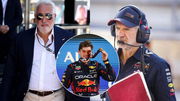
F1 Gets Golden Andretti Advice as Red Bull’s Sergio Perez Strategy Promises American Boost in the Sport
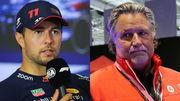
Fernando Alonso Indirectly Belittles Sergio Perez With a Strong Statement on Lance Stroll Comparisons
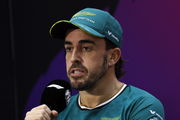
Zak Brown & McLaren Possibly in Deep Trouble as Mercedes Cuts Engine Supply for F1 2026
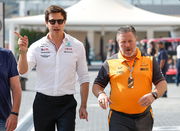
“Disgraceful”: Vandalism at Ayrton Senna Tribute in Italy Leaves F1 Community Disgusted

Although the 2024 Indy 500 race was delayed due to foul weather, it didn’t hamper the TV ratings and audience experience. The telecast on NBC drew 5.34 million viewers, which was an 8% increase compared to the 2023 season and 10% over 2022. The peak viewership recorded by the media company was reported to be around 6.46 million viewers, which was during the end of the race. Moreover, the new TV partner, FOX, will further bolster these numbers as the sole network that will cover IndyCar events from 2025.
ADVERTISEMENT
View this post on Instagram
Now we know that F1 is expanding its footprint in the US motorsports market by hosting multiple events a year. Being an owner of the iconic open-wheel racing series, Penske is also making moves to solidify their position. He did achieve a major win in acquiring the ownership of the Long Beach Grand Prix, despite the interest from rivals like F1 and NASCAR.
ADVERTISEMENT
IndyCar expands its portfolio with the addition of the Long Beach Grand Prix
Ironically, the Long Beach Grand Prix was a Formula 1 event when it opened its doors in 1975. However, by 1984 CART/IndyCar took over the longest-running street race based in Southern California. In 2008, IndyCar and CART merged, and ever since, the Long Beach Grand Prix has remained a flagship race event. But there was an air of uncertainty surrounding the future of the race, with owner Gerald R. Forsythe putting the event out for sale.
Although F1 and NASCAR were invested in acquiring this event, Roger Penske piped them and acquired the ownership of the Grand Prix under Penske Entertainment. With his acquisition, IndyCar now had three flagship events, the Indy 500, the Long Beach Grand Prix, and the Detroit Grand Prix. Thus matching the scale and expansion of Formula 1 events in the United States. “This race and its loyal fans matter so much to everyone across the IndyCar community, and we’re looking forward to a very special 50th-anniversary celebration this April as well,” Penske said after acquiring the ownership.
Not only have IMS and IndyCar prevailed without the F1 event, they are expanding their regional footprint establishing themselves as a premier auto racing series in the country.
ADVERTISEMENT
ADVERTISEMENT
ADVERTISEMENT
ADVERTISEMENT

